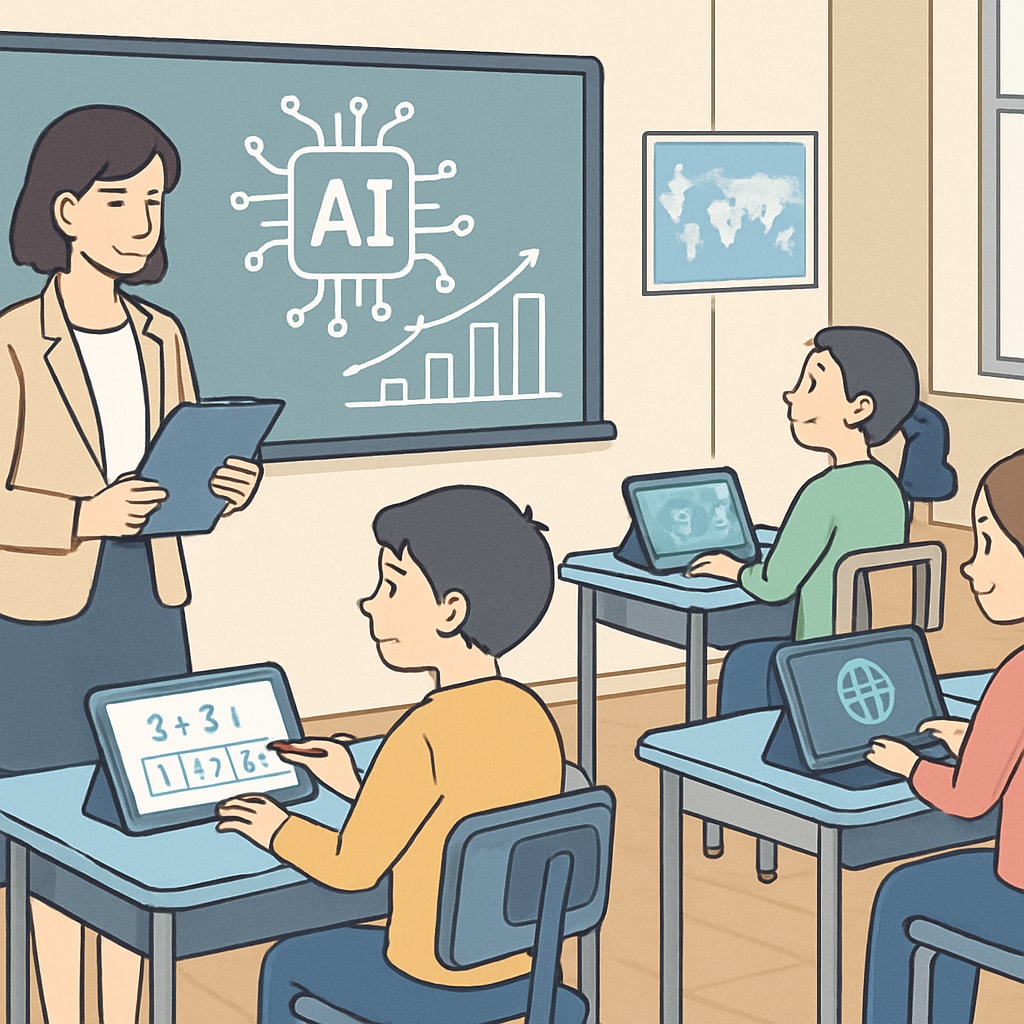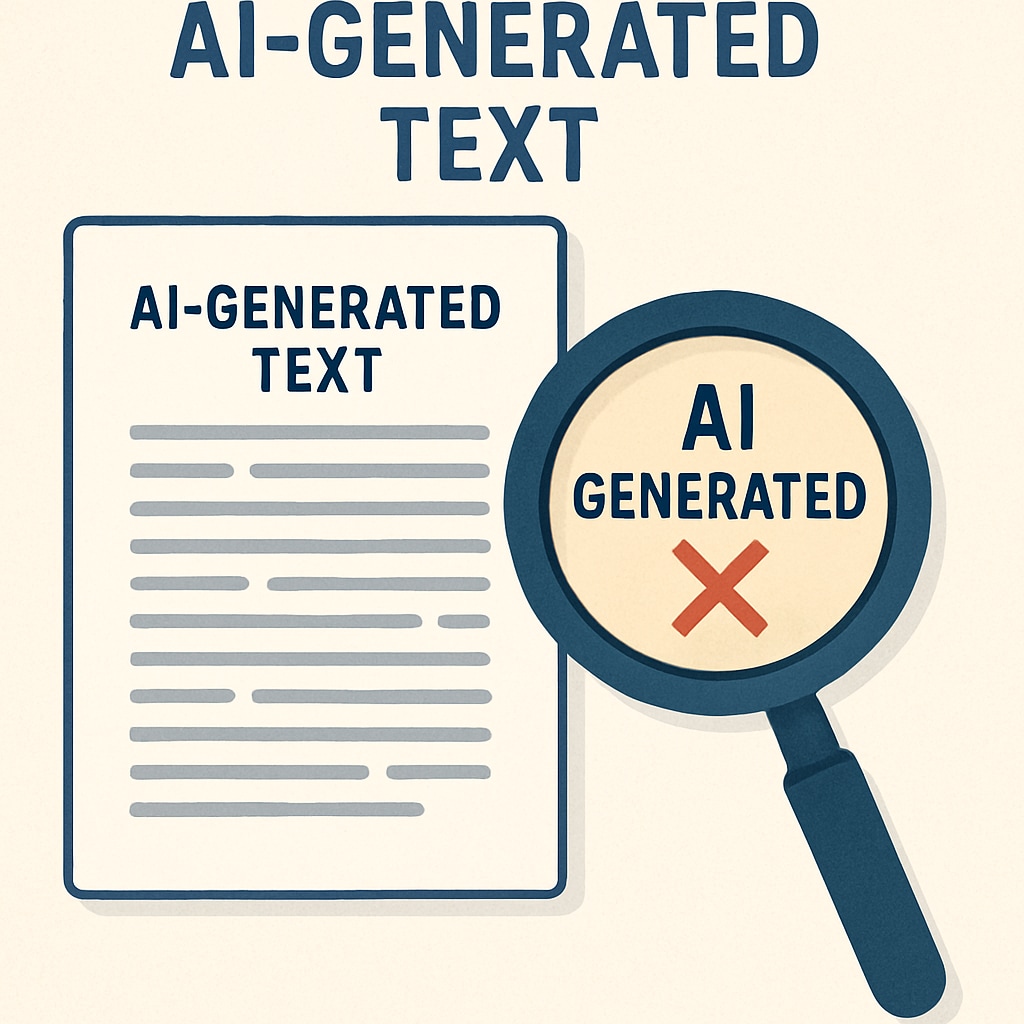The integration of AI tools in education has opened up new possibilities for personalized learning, but it has also raised concerns about academic integrity. In K12 education, where foundational skills are being developed, the use of AI tools to complete assignments has become a growing challenge. Educators now face a dual responsibility: embracing technological innovation while ensuring that students uphold academic honesty. This article explores the challenges, strategies, and resources for balancing innovation with integrity in educational environments.
Opportunities and Risks of AI Tools in K12 Education
AI tools, such as essay generators and problem-solving software, offer significant benefits in education. They can provide instant feedback, adapt to individual learning needs, and support students with special educational requirements. However, their misuse has introduced ethical dilemmas. For instance, students may rely heavily on AI to complete assignments, bypassing the learning process entirely.

One major risk is the erosion of foundational skills. For example, if students use AI to write essays or solve math problems without understanding the underlying concepts, they may struggle in future educational or professional settings. This misuse also undermines the value of assessments, which are designed to measure a student’s individual progress and comprehension.
Challenges in Detecting AI-Generated Work
Detecting AI-generated assignments is an ongoing battle for educators. As AI tools become more sophisticated, distinguishing between human and machine-generated work grows increasingly difficult. Traditional plagiarism detection tools may fail to identify AI-generated content because it is often unique and not pulled directly from existing sources.
To address this issue, new detection tools are emerging. AI-based detectors, such as AI content analysis systems, can analyze linguistic patterns and identify inconsistencies that suggest machine involvement. However, these tools are not foolproof and often require significant financial investment, which may be beyond the reach of some schools.

Strategies for Balancing Innovation and Academic Integrity
While the challenges are significant, there are strategies educators can adopt to balance the benefits of AI with the need for academic honesty:
- Promote understanding of AI: Teach students how AI works and discuss its ethical implications. By understanding both its capabilities and limitations, students can make informed decisions about its use.
- Incorporate AI into the curriculum: Instead of banning AI outright, integrate it into lessons. For example, students could be tasked with using AI to draft essays and then revising them to improve quality and originality.
- Use AI detection tools: Invest in detection software that can identify AI-generated work. This can be combined with manual review processes to ensure accuracy.
- Encourage critical thinking: Design assignments that require deeper analysis or personal reflection, making it harder for AI tools to provide comprehensive answers.
- Foster a culture of integrity: Emphasize the importance of honesty and personal growth over grades. When students value learning, they are less likely to misuse AI tools.
The Role of Limited Resources
Many schools face resource constraints that limit their ability to implement advanced AI detection tools or redesign curricula. In such cases, educators can focus on low-cost but effective strategies, such as open discussions about ethical AI use or peer-review systems for assignments. Collaboration among teachers to share best practices and resources can also make a significant impact.
Additionally, partnerships with educational technology companies could provide schools with access to detection tools at reduced costs. For example, some companies offer free trials or discounts for underfunded institutions, helping them maintain academic integrity without breaking budgets.
Looking Ahead: A Balanced Approach
The integration of AI in K12 education is inevitable, and its potential to enhance learning is immense. However, it is crucial to address the challenges it brings, particularly regarding academic integrity. By adopting a balanced approach that combines innovation with ethical practices, educators can ensure that students benefit from AI tools while developing the skills and values they need for lifelong success.
As AI continues to evolve, so too must our strategies for managing its impact in education. The key lies in collaboration, both within the educational community and with technology providers, to create an environment where innovation and integrity coexist.
Readability guidance: Short paragraphs and lists help summarize key points effectively. Transition words like “however,” “in addition,” and “for example” ensure smooth flow between ideas. Educators can use these strategies to make informed decisions about AI integration in K12 settings.


